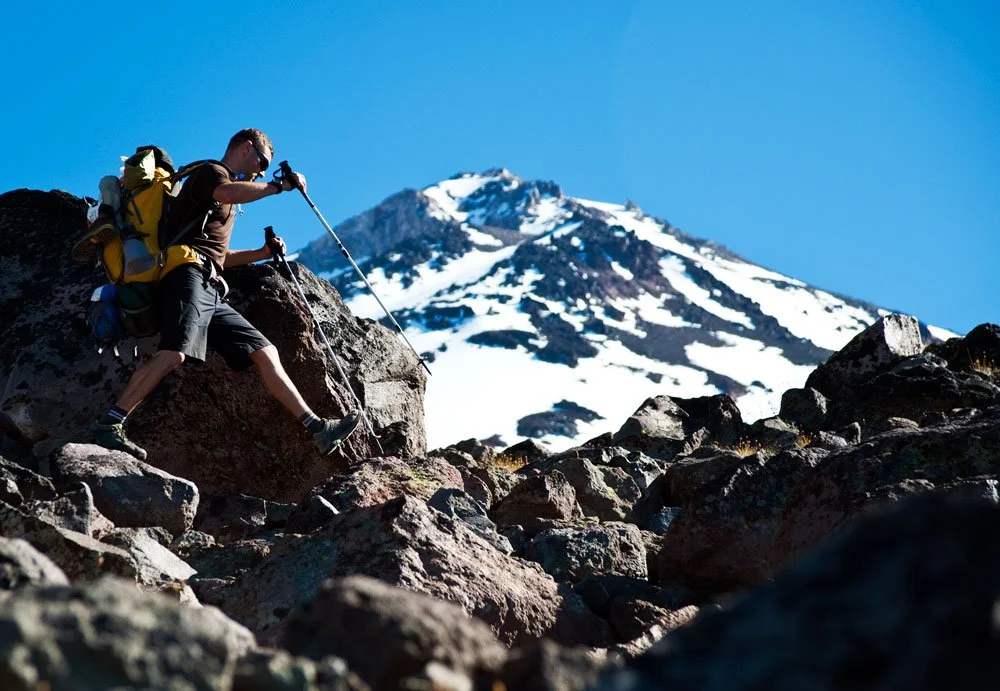How to train for mountaineering
Proper training to climb Mt. Shasta is the foundation that will increase your chance of summit success and help you better enjoy the process and experience. When you look at the data, around 50% of people who attempt to climb Mt. Shasta are successful in reaching the top (more on guided trips) and even fewer on a 2-day climb itinerary. The reasons for this are multiple, but mountain fitness is a major factor. For many people, climbing Mt. Shasta is their first mountaineering objective and it is difficult to quantify the effort needed for this challenge when you’re new to the activity. I know it was a huge lesson for me, and I’ve witnessed countless aspiring mountaineers reach their limit below the summit because they didn’t adequately prepare for the climb.
In climbing, vertical gain is more important than linear mileage. To reach the summit of Mt. Shasta involves over 7,000’ of ascending from the trailhead in about 7.5 miles. The terrain and surface we are climbing requires extra effort as each step is dynamic and variable. We’ll climb snow, hike on loose scree and talus, ascend frozen surfaces that require crampons and ice axes, all while managing high altitude with a loaded backpack. Summit day on a major volcano is 12-14+ hours of challenging movement that will test the hardiest of athletes. We’re saying this not to deter you, but to inspire the proper training and preparation to be successful in reaching your goal. The greater your level of fitness, the more efficiently you can handle the stress of mountaineering. We frequently hear the apprehension regarding altitude; the better your fitness, the better your body can manage the decrease in available oxygen.
In short, the best training for mountaineering utilizes the sport specificity principle. Train like you intend to perform; hike uphill over rugged terrain with lots of vertical relief while carrying a loaded backpack. We understand that you may not have a big mountain accessible for training. Rest assured, there are strategies to use to be in the best shape possible before your climb regardless of where you live. I once trained and guided a guest from Miami Beach to the summit of Aconcagua. Although completely flat and at sea level, he hiked the beach with an expedition backpack in his mountaineering boots. This along with weighted stair steppers and rugged determination got him to the summit. Training needs to be focused, consistent, and to follow a plan.
Your training program should start 3-8 months in advance of your climb. It should include endurance, cardiovascular fitness, strength, and flexibility; along with good diet and nutrition and proper rest and hydration. For many people this will be the hardest challenge you’ve ever attempted. I’ve heard this comment from athletes from many backgrounds including Ironmen Triathletes, marathon runners, cyclists, etc.
You should aim for 4-5 training sessions per week with several days per month completing long hikes with lots of up and down over difficult terrain. Your workouts should include gym sessions working the major muscle groups you will use during the climb. Utilize the outdoors with trail running and hiking peppered with bouts of high intensity sessions. And exercises that include core strength and flexibility will help when carrying a loaded pack. In short, we aim for 2-3 days strength training, 2-3 days cardio, and 2 days of balance and flexibility per week. We strongly recommend a balanced diet full of whole foods and grains and plenty of quality proteins. Skip the highly processed, high sugar diets, this will sabotage your training and recovery.
It’s worth considering working with a climbing coach, especially if you are new to this activity to best maximize your time and investment and ensure you are on the right track. Dane Brinkley, SMG Senior Guide, is the lead coach at Casaval PT and trains climbers specifically to climb Mt. Shasta. “At Casaval Personal Training, coaching is a collaboration. You bring the drive; I bring the system. Together, we’ll build the strength, resilience, and confidence to take on bigger mountain goals and enjoy stronger days in the alpine. When you work with me, you don’t have to worry about whether you’re doing the right workouts or if you’ll show up ready for your next big objective. I handle the planning, progression, and analysis so you can focus on showing up and doing the work.”
Safety is always our priority while climbing but we also want you to have fun and to savor this experience and the best way to accomplish this is through proper conditioning. It’s great when we have a goal to aim for and to use the time to properly prepare. Start now, you’ll be happy you did on summit day.









